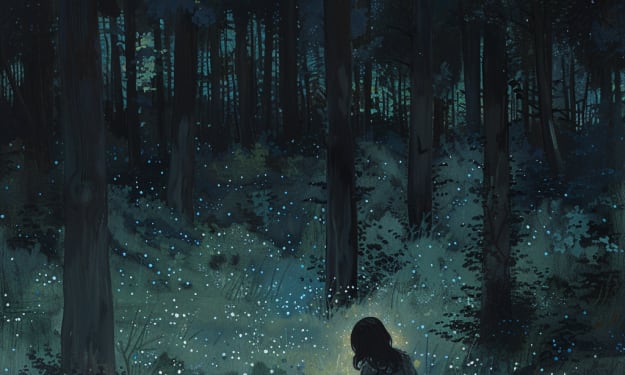Antarctica vs Sahara - Could You Survive 1 Year In Extreme Temperatures
Which One Is Worse?

Usually people might bite off more than they can chew when arranging a travelling experience. Arrangements may be spoiled by difficulties of transport as well by choice between hot and cold climates or deciding upon the activities to go on. But here is the twist: what if your version of an escape is not swinging away but instead lingers and tests your limits in weather’s range?Imagine a year-long journey through two of the planet's harshest environments: the Sahara desert and Antarctica. Human experience involves nothing like the extreme conditions described above. In this regard, which environment is most difficult to conquer?
- The Sahara Desert
Bounded on the North by the Atlantic Ocean and the Mediterranean Sea in the West, the Saharan Desert extends over 15 million square kilometers, hence being the largest hot desert in the world. Effectively, the USA southernly-placed plateau-like dumplings, damp sand dunes and salty salt flats provide a harsh environment where the struggle for survival is the only vector against heated heat and dehydration.
A lack of less than 100℉ (37. 8℉C) scorching temperatures and rainfall to intervals of weeks is a feature of the desert, which means that the Sahara is all about the aridity and high heat. Imagine having the sandstorms coming along with the winds which become very intimidating, and the visibility, as a result, reduces to zero, making it nearly impossible to navigate through.
No water is available in broad areas of the Sahara, with rainfall in the region being only about one inch per year. The peoples which have been nomadic have had to cope with the harshness of the environment by either migrating with their flocks on the hunt for water and shelter. Human strategies are for example, a search for cool locations during the day, to sleep on a rock and thus to retain heat at night, and to have reserves of water and electrolytes to avoid dehydration.
It takes a lot of tenacity, cleverness, and convenience planning to endure a desert in the Sahara. However, the danger of heatstroke and exhaustion at daytime caused by high temperatures can be balanced by the consequence of hypothermia considering the drastic drop of the night temperature. Overcoming the huge sand blemn without signs and roads is a struggling issue, and that is the availability of water is our major worry.
- Antarctica
The Antarctica presents a frozen continent with ice all over to a stark contrast to the Sahara region where temperatures get plunged to unfeasible levels. Barren ice sheets and bitter cold are among primary features there which turn Antarctica into one of the harshest places on Earth.
Apart from the fact that Antarctica's lowest temperatures, -135°F (-93°C), discourage human survival more than not, this can be achieved with adequate protection. Polar Regions` most distinctive characteristic is its extremely harsh climatic conditions, which prevent its inhabitation by people or animals.
One of the most striking features of this icy continent is its vast ice sheets containing 90% of the world's freshwater, while being considered precipitation-accessive and thus desertic. Several research stations sheltered a small number of scientists during the summer only, but that ensured their survival only by following the particular rules and having restricted access to supplies.
Assembling a year in Antarctica asking for quite a lot of is fraught with dangers such as frostbites, hypothermia, and isolation. via research stations the finance can satisfy the primary sources of power and safety, nevertheless, the severity of the polar continent make human life on risk and exposed to dangerous circumstances.
- Conclusion
Surviving these crucal tests and persevering is shown in the five-year survival in the Sahara or Antarctica where the hardships do not stop. Despite a possibility that low atmosphere pressure will be accompanied by extremely cold and waterless climate, the hard reality of Antarctica will test the bravery of humans by showing that they can be very hardy.
Thus, the matter of improvement percentage is just a in between the difference side that can be either restoration or degradation. Freedom to follow trees and shrubs through and over unscheduled pathways, on the contrary, they both contain moments of excitement and euphoria, nonetheless, only the person who knows scenery bulletproof then runs through Nature will manage these obstacles
In some places, even our transportation mode did not save us as we penetrated into the burning Sahara or faced the cold of the Antarctica. When mastering ethic, attitude and actions towards the creatures and their nature were needed being the key challenges of that practice. Despite the fact that the most ruthless trial is the survival under remote circumstances where people have to confront not only the physical troubles but also stay in positive emotions and do the things they have never done, for example, become a part of an ancient ritual, to get out of their comfort zone and try something new.
About the Creator
Amine Oubih
🌟Amine Oubih🌟
📝 Writer | 🎨 Creative | 🌍 Explorer
Hello,I am a traveler and writer. Whether It's Real Or Fiction, I always find something interesting to write about, and I use this content to spark the desire to learn more in readers.






Comments
There are no comments for this story
Be the first to respond and start the conversation.